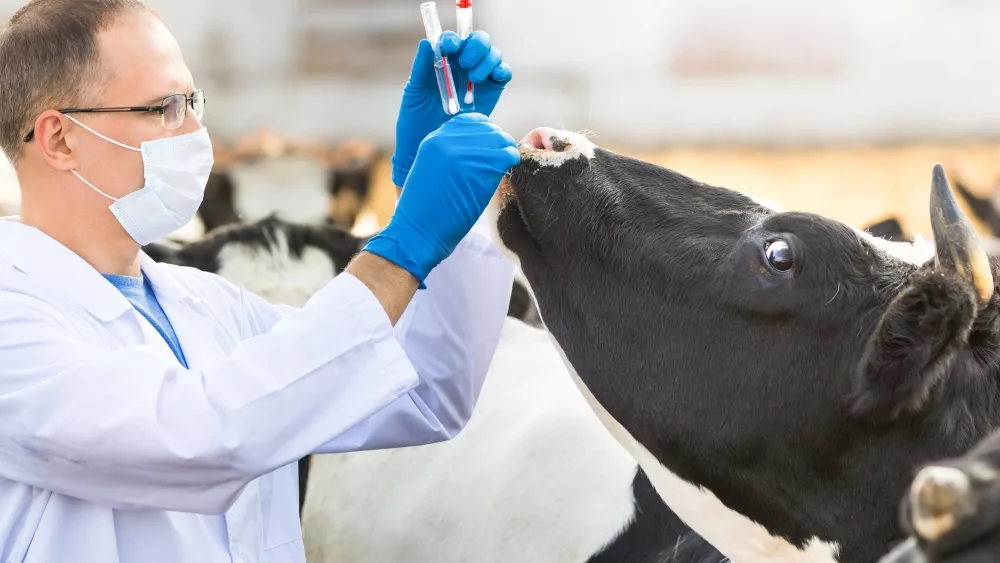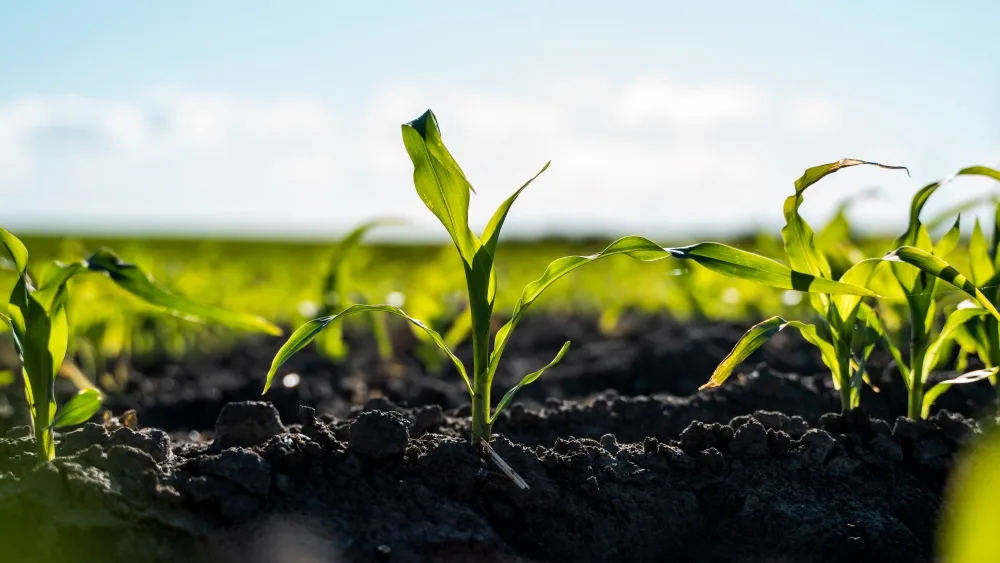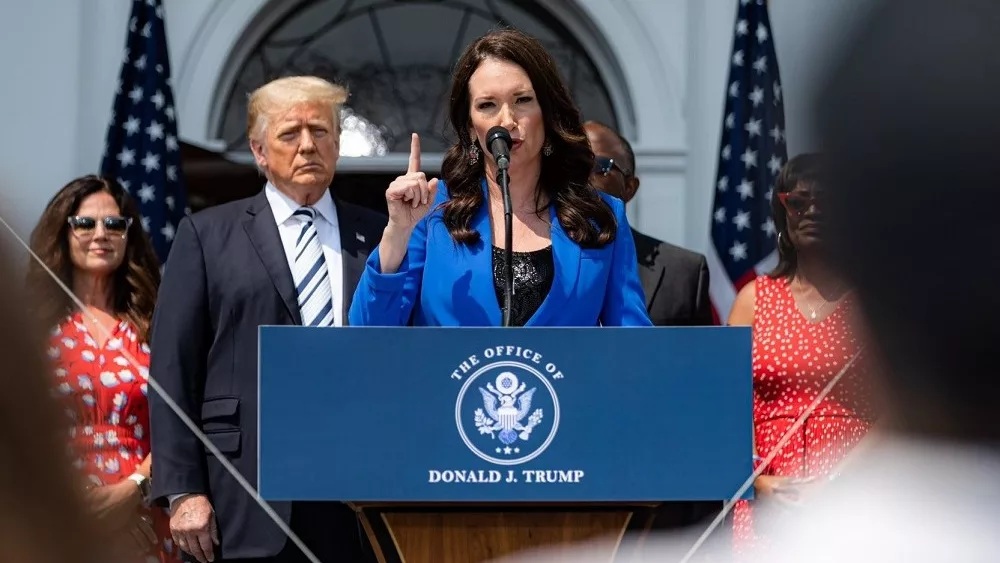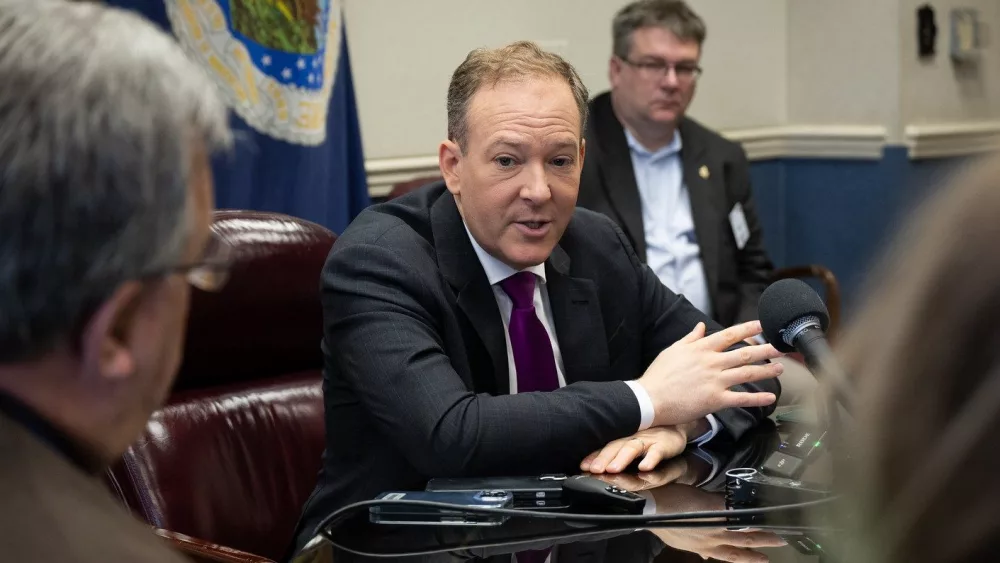Veterinarian shortages are not new. Anyone who ever needed a vet in the middle of the night will tell you that. And any rural vet called in the middle of the night will agree. What is new is the realization that it is about to get worse.
“If our veterinary workforce is not adequately staffed and prepared, in the event of an animal health emergency, there could be catastrophic consequences for the United States and the global food system,” said Dr. Erin Luley, Pennsylvania Department of Agriculture.
According to Jody Kull, professor from Penn State University, about 50% of rural veterinarians currently in practice are within five years of retirement. Only 5% of practicing veterinarians in the United States are food animal veterinarians working on food, fiber or /milk-producing animals.
Nationally, only about 3% to 4% of graduating veterinarians enter livestock practice.





